
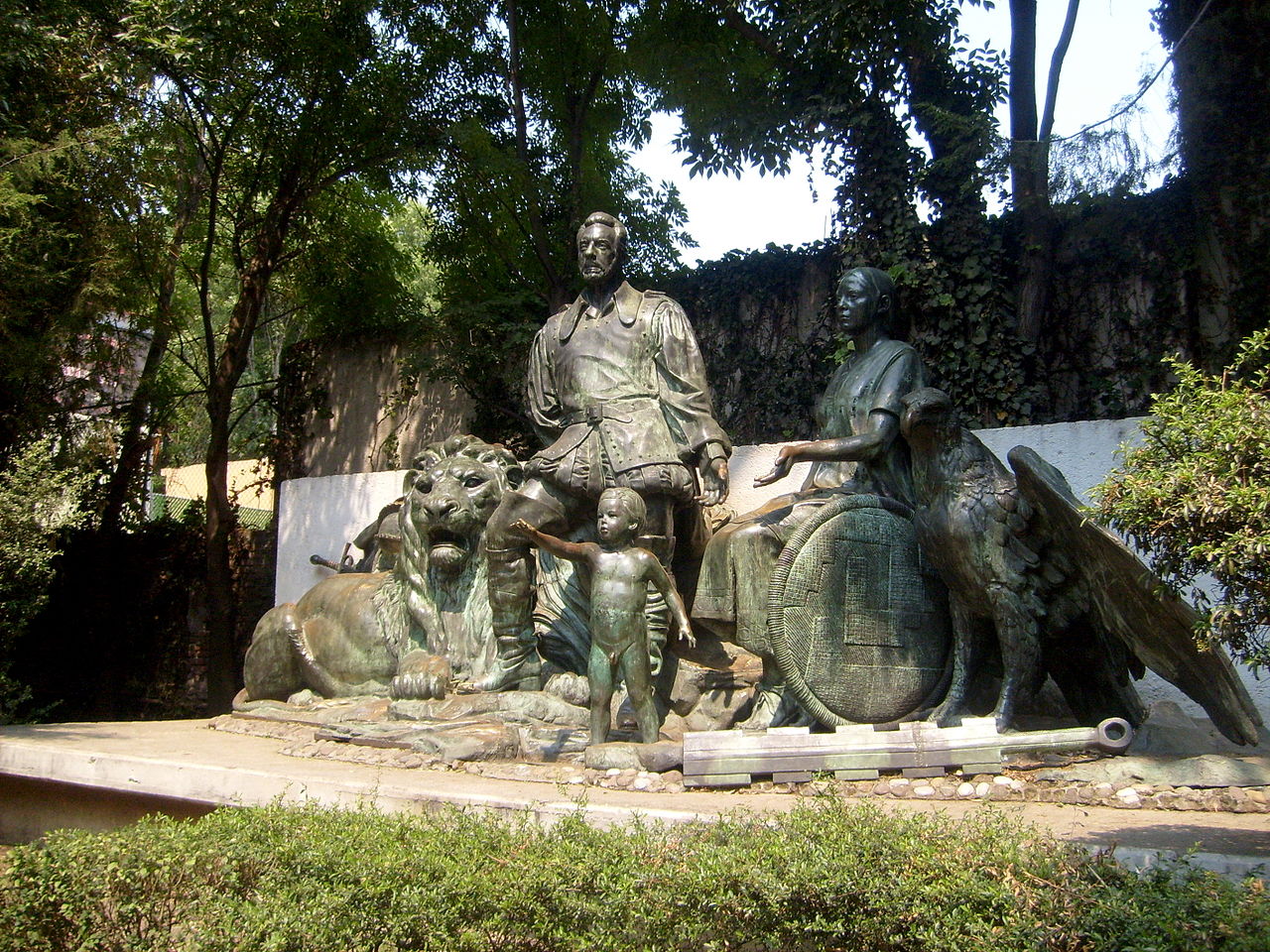
The Parque Xicoténcatl is a dramatic and dark, often over-grown park in the very northeast of Coyoacán. It’s just across the street from the Museum of Interventions. But with its inverted-arch fence, people wonder if it’s not a private park. In fact, it’s open to the public year-round.
The park dates from the 1940s when agricultural land and a sand and gravel pit were recovered by a local resident who purchased the lot. One Eduardo Reguera began installing fountains and seating with Talavera tile. These are still evident, and beautifully installed, within the park. The City took over the property in 1965. It had been abandoned for some time.
The park is home to busts of a few world leaders. Georgi Dimitrov Mihaylov (1882–1949), was a Bulgarian communist and anti-nazi fighter. He led the Communist International from 1935 to 1943 and became the first communist leader of Bulgaria. There’s a small bust of Lázaro Cárdenas, too.
The park’s far more controversial monument is the Monument to Mestizaje, or miscegenation. This was the 1981 work of Julián Martínez Sotos who was close to the former-president Cárdenas. The artist credited Cárdenas with welcoming the boat of refugee Spanish children (including Martínez and his father) to Mexico in 1938. He went on in his lifetime to create a number of important monuments, to Cárdenas and to others. His Pancho Villa, today in the Pancho Villa Park, is a favorite across Mexico City. (It’s roughly a 20-minute walk up Division del Norte from here.)
The 1981 work by Martínez was originally installed near the Casa de Cortés in the center of Coyoacán. That’s rather unfortunate positioning for such a work. It was badly received. Within two years, President Miguel de la Madrid had it unceremoniously moved here.
The statue depicts the Malinche (the legendary lover and interpretor of Cortés), Hernán Cortés himself, and their legendary son, Martín. It’s “Birth of a Nation”-type material in the worst historical sense. The figure of the child has been stolen multiple times from the statue’s base. The ideas of “mestizaje” had been largely rejected. The Parque del Mestizaje had opened in Gustavo A. Madero some three years earlier. But this was after decades of scholars, historians, and activists questioning the meaning and work of, especially Jose Vasconcelos, in promoting race-mixing ideas that had come to sound like eugenics.
There is said to be a copy of a bust of Cortés in the Hospital de Jesus in the Mexico City Center. But this is the only only other honorary statue to the conquistador in the Capital.
The Parque Xicoténcatl is dark and beautiful. Xicoténcatl’s reputation has been revised. He’s sometimes presented anew, perhaps ironically, as a first resistance to the Spanish invasion. But upon visiting the park, one may luxuriate in the forgiving nature of trees and mold and dampness that seems to converge on the decomposition of even a painful past.
Hours: Daily 6 a.m. to 7 p.m.
Diego Cera, 2 de diciembre 2019, El Parque Xicoténcatl en Coyoacán – 6 mil m² de árboles y fuentes de talavera, Local.mx, https://www.local.mx/zonas/zona-sur/coyoacan/parque-xicotencatl/

Nearest at 0.17 kms.
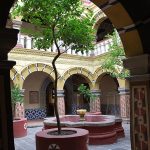
Nearest at 0.25 kms.
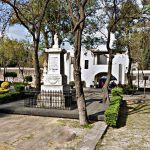
Nearest at 0.29 kms.
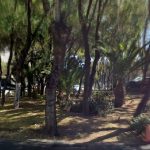
An all but forgotten island of the ancient Texcoco Lake . . .
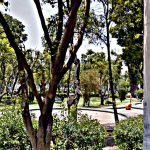
A charming neighborhood park in Tlalpan . . .
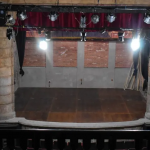
An exceptional mini-theater district in the heart of Churubusco . . .

A 24-hour flower market in a busy corner of Tlalpan's hospital district . . .
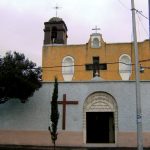
A tiny chapel recalls the long history of the Colonia Tránsito . . .